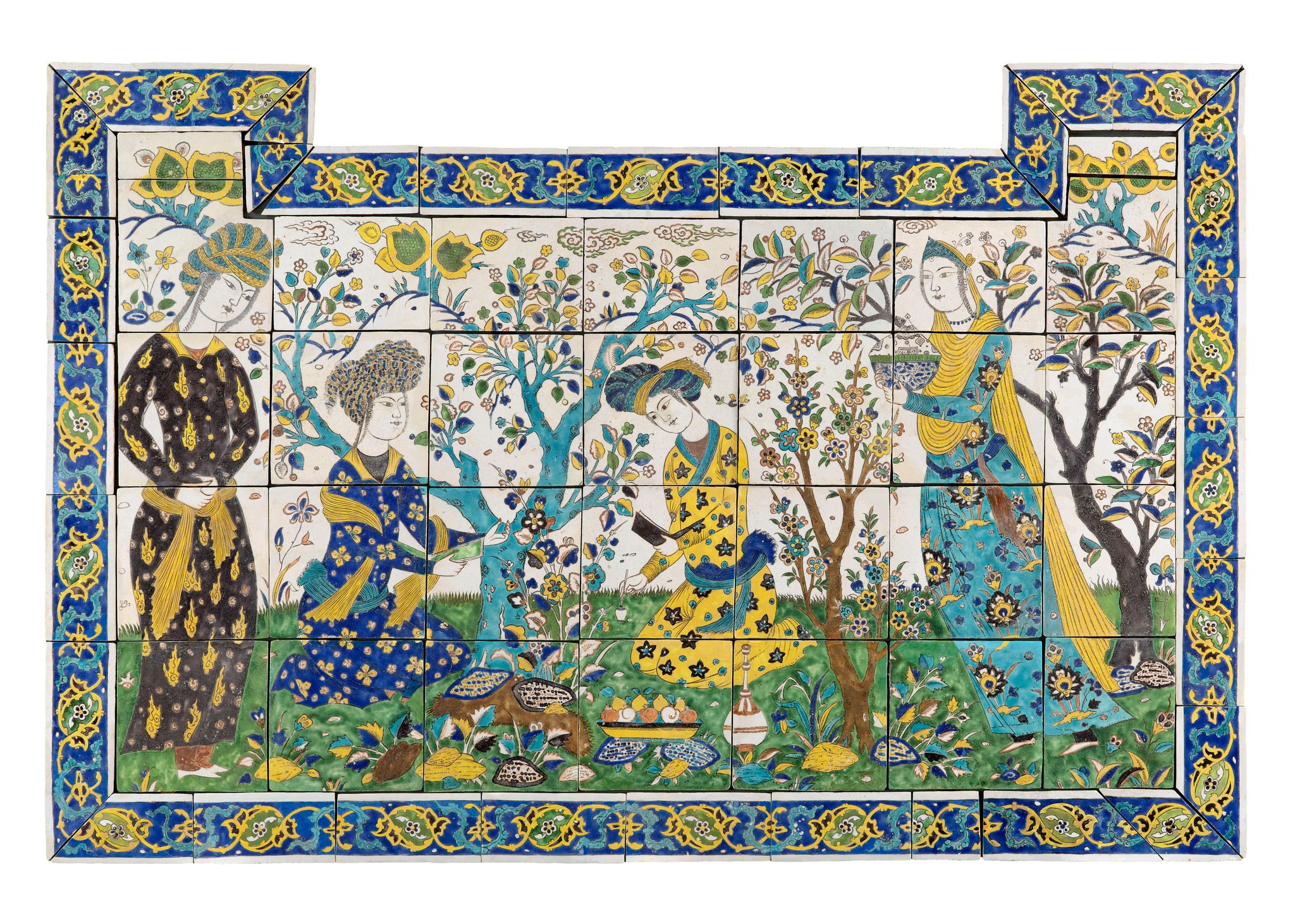History & Heritage
12.1.2021
“Arts of Islam”, a national exhibition to travel through Islamic culture

From 20 November to 27 March, the exhibition event “Arts of Islam, a past for a present” will take place in 18 French cities to invite us to discover Islamic art, but above all the history of a thousand-year-old civilisation whose links with France go back to the Middle Ages.
“Arts of Islam, a past for a present“: a rather ambitious title, in the image of this eventful project mounted in only eight masterpieces. At the beginning of 2021, while France is in the midst of a health crisis, the government invites the Ministry of Culture and the Ministry of Education to get together in order to establish a strong cultural action that can promote dialogue between cultures at a time when identity and religious tensions are at the heart of society. Yannick Lintz, General Curator of Heritage and Director of the Islamic Arts Department at the Louvre Museum, came up with the idea of setting up a national exhibition that would present Islamic culture through its historical and artistic heritage. An odyssey through a civilisation that is often “poorly understood and misunderstood”, as the curator of this exhibition points out.
A shared heritage
From Tourcoing to Marseille, visitors to each of the 18 exhibitions will be greeted by the same cartography of the Arab world, showing the extent of this vast territory and its various artistic centres: from the borders of China to India, the Middle East, North Africa and Eastern Europe. A geographical and cultural epic that allows us to discover the richness of the civilizations that have crossed it through a video that transports us from the Mughal capital of Fatehpur Sikri in India, to the ancient Persian stronghold of the Safavid dynasty in Isfahan, via the Cairo of the Fatimids or the Uzbekistan of Tamerlan. The 18 caravanserai exhibitions mark as many stages in this journey to a little-known land that the works on display shed light on.
As the curator explains, “Islamic art has been present at the Louvre since 1973, with most of the pieces formerly belonging to the royal families who were fond of Oriental objects, from Louis XIV to François I, who already had relations with Suleiman the Magnificent. This is a shared heritage, because although the objects we are presenting may have distant origins, they have been part of our national heritage since the Middle Ages.
These works also reflect the circulation of ideas and people at the time, but also the plural heritage of France, whose medieval church treasures are full of Islamic relics, The medieval church treasures of France are full of Islamic relics, such as this sculpted olive tree from the city’s cathedral exhibited in the Roger Quilliot Museum in Clermont-Ferrand, or an Egyptian rock crystal lion found in a church and probably bequeathed by an aristocrat from Auvergne who fought alongside Napoleon during his campaign in Egypt.

Changing the way we look at Islam
A shared heritage that should also help change the way people look at Islam, but especially at a culture that extends beyond the religious and spiritual sphere, as Yannick Lintz reminds us: “This exhibition has several challenges, including that of combating preconceived ideas by showing that Islamic culture represents a cultural diversity that extends well beyond religion. It is a religious art but also a secular one, just as European art can be.
And the diversity of the objects represented testifies to this. Most of them were collected by European travellers and scholars of the 19th and 20th centuries who were passionate about the Orient. One can find a leather case of a Moroccan Koran (Musée du papier in Angoulême), as well as an Iranian ceramic bird dating from the 17th century from the Manufacture de Sèvre.
It is therefore a cultural exhibition, but also a political one, which intends to create links through art and education, as the curator reminds us, “Cultural policy is always politics. And I hope that this project will allow us to see Islamic civilisation through a different lens than that of terrorism and radicalism, but rather that of beauty”.
To achieve this, a colossal cultural mediation project has been undertaken in collaboration with the Louvre Museum, the Réunion des Musées Nationaux and the French Ministry of Education. Educational booklets, a website and a series of distance and face-to-face training courses have been set up by Yannick Lintz himself, in order to support cultural mediators in the regions as well as teachers wishing to integrate this exhibition into their programme with their pupils.
Young people need to know where they come from in order to look to the future, which the event does not forget by also offering a window on contemporary artists such as the German and Lebanese cartoonist Lena Merhej, or the young French-Algerian video artist Katia Kameli.
popular

